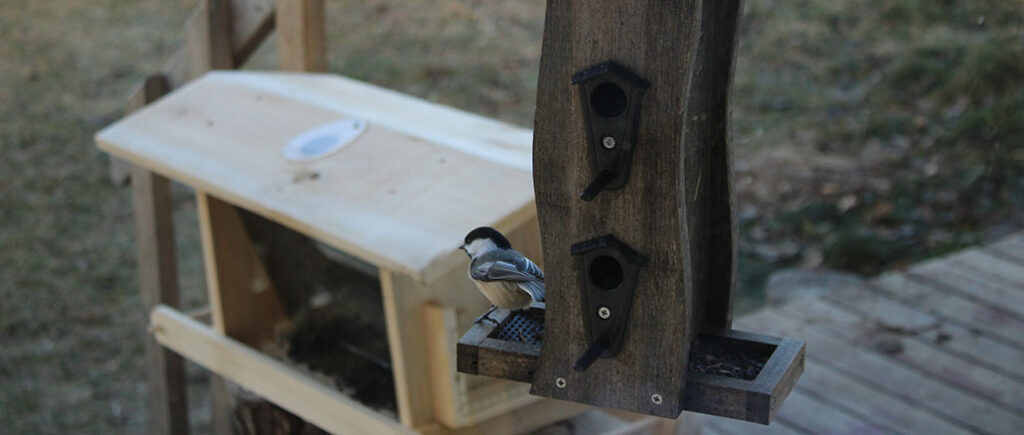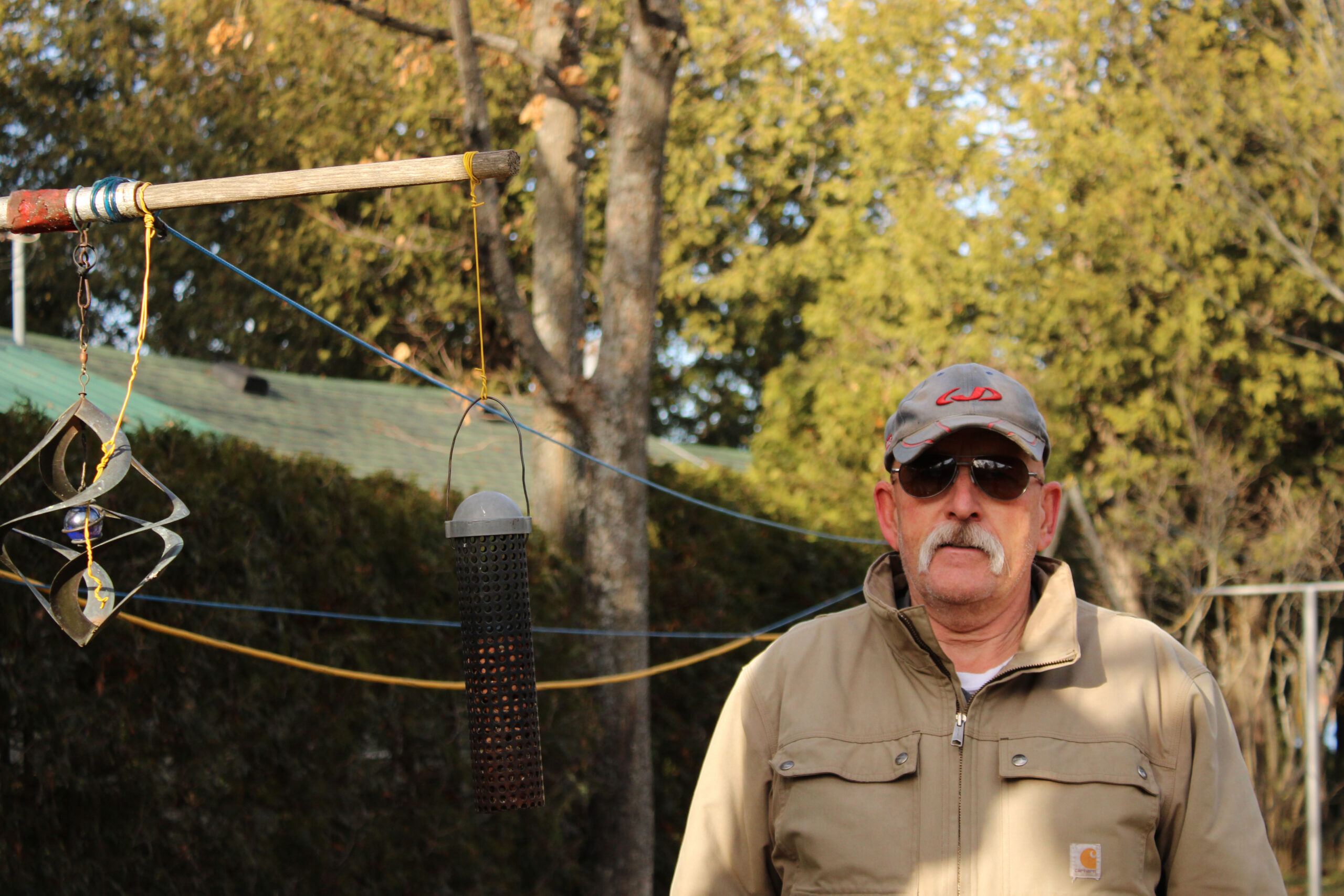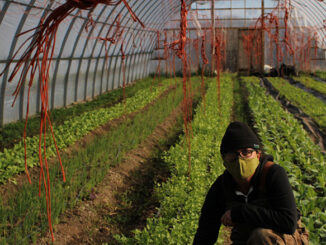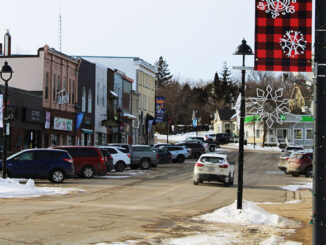Citizen scientists across Canada get ready for the upcoming Christmas bird count

Maureen Strickland
Kicker
Bird enthusiasts in Gore Bay, Ont., are getting ready for the Christmas bird count, the longest running citizen science project in North America.
The count began in the United States in 1900 when the National Audubon Society suggested “rather than going out to shoot birds as was the tradition on Christmas, why not count them instead?” said Terence Land, the current organizer, and compiler, of the Gore Bay bird count.
The Gore Bay bird count is just one of 2,000 counts that happen throughout the western hemisphere.
The counts happen in defined areas called circles. Each circle is 24 kilometres in diameter and stays the same from year to year.
Volunteers in each circle count the total number of birds of each individual species seen on a single day between December 14 and January 5 each year.
“Growing up my mother kept a ledger of all the birds that came into the yard,” Land said. “Then when the Gore Bay circle started, I got involved as a feeder watcher and I’ve carried on the tradition.”

On count day, the feeder watchers count the birds at their backyard bird feeders while the field teams drive the roads and go down trails to count birds in less populated areas of the circle.
At the end of the day, all the data is passed into Land, the Gore Bay count compiler, who submits the final count to the American National Audubon Society, assisted in Canada by Birds Canada, to create a snapshot of the birds observed that day.
Anyone interested in being part of the count should already be actively feeding the birds, says Land.
Land assesses interested potential participants for practical skills in bird identification.
If they have basic knowledge in bird identification, they can start with the count as feeder watchers.
Count birds at your home feeder
John and Rolanda Tovey are two of 25 feeder watchers in the Gore Bay circle. They have been participating in the bird count for 15 years.
John builds and sets up the feeders but says his wife Rolanda is much better at the actual identification.
“The bird count is a fun thing to do; you see lots of beautiful birds and my wife loves them.”
The Christmas bird count is more than just a fun and social activity for bird enthusiasts.
According to Birds Canada, the information collected year after year by thousands of citizen scientists forms one of the world’s largest sets of wildlife survey data.
The data is used daily by conservation biologists and naturalists to assess the population trends and distribution of birds.
The 54th Gore Bay Christmas bird count will happen on Dec.19.
For more information and to locate a count near you, visit Birds Canada.
Note: Due to an editing error, a previous version of this story said Gore Bay was in Nova Scotia. It is, of course, on Manitoulin Island in Ontario.




Be the first to comment